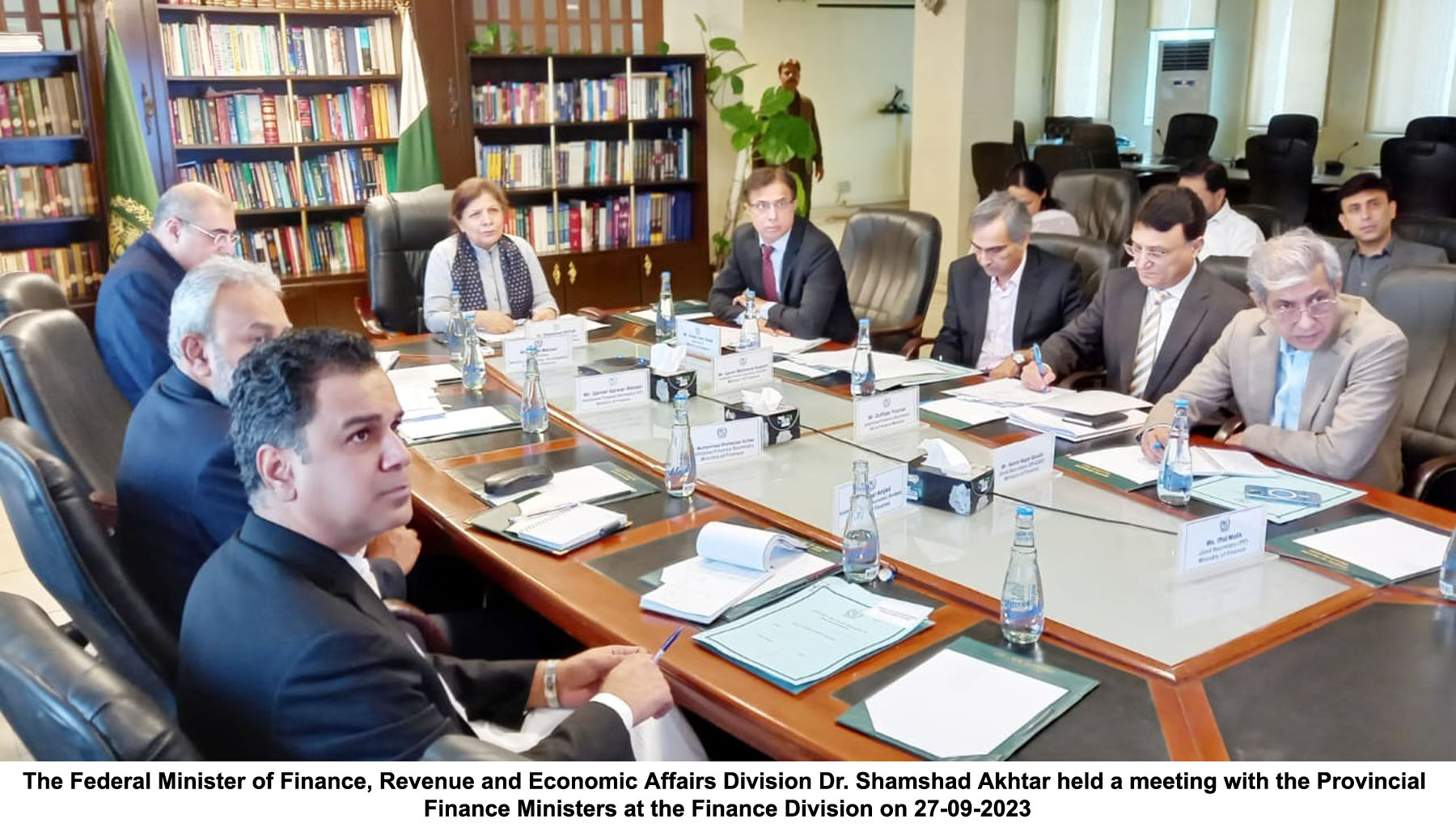By Muhammad Abdullah
Pakistan is ranked 106th among 119 countries and has been characterized as facing a “serious” level of hunger, said a survey for the Global Hunger Index which was published by the report of
In fact, Pakistan is among those seven countries that cumulatively account for two-thirds of the world’s under-nourished population along with Bangladesh, China, Congo, Ethiopia, India, and Indonesia.
Alarmingly, of the 36.9 percent of the households in Pakistan labeled as “food insecure”, 18.3 percent face “severe” food insecurity. Across the provinces, KP and Gilgit-Baltistan are relatively more food secure than Sindh and Balochistan.
The survey incorporates the Food Insecurity Experience Scale developed by the Food and Agriculture Organization (FAO) of the United Nations. The scale trifurcates insecurity along the following dimensions: mild (worrying about the ability to obtain food); moderate (compromising variety/quantity of food and often skipping meals); and severe (experiencing hunger on a chronic basis).
Furthermore, the latest available estimates of FAO suggested that the country lags behind the progress of lower-middle-income countries in all four dimensions of food security. With per capita income of US$ 1,497, Pakistan is still struggling with issues such as undernourishment, micronutrient (iron, calcium, vitamin-A, etc.) deficiencies, and a deficit of safe drinkable water. Per capita consumption of food products that possess high nutritional value like beef, chicken, fish, milk, vegetables, and fruits
Food Insecurity Looming Despite of Self-Sufficiency in Major Staples
Pakistan is presently self-sufficient in major staples – ranked at 8th in producing wheat, 10th in rice, 5th in sugarcane, and 4th in milk production. Despite that, only 63.1 percent of the country’s households are “food secure”, according to the Ministry of Health and Unicef’s National Nutritional Survey 2018.
In overall terms, the dismal state of food insecurity in Pakistan can be traced primarily to the limited economic access of the poorest and most vulnerable to disruptions in the food chain. A part of this can be explained by the prevalence of poverty in the country: almost a quarter of Pakistan’s total population lives below the poverty line (set at Rs 3,030.3 per adult equivalent per month).
This means that around 50 million people in the country are unable to access basic needs given their incomes. Most of these people dwell in rural areas of the country where the poverty rate is 30.7 percent.
Another factor that contributes to food insecurity in the country is the import dependence for certain items, which is partly responsible for significant variations in their prices. In particular, limited (if any) attention has been paid to the local production of minor crops and livestock production, such as pulses, fruits, vegetables, nuts, and oilseeds, which not only contribute around 50 percent of dietary energy but also significantly contribute to the nutritional food security.
Furthermore, the prices of meat and dairy products have increased steadily. In contrast, a large physical and financial infrastructure of government-run commodity operations works in the country to implement the support/ indicative prices for major food crops (especially wheat) to ensure their availability. Although these operations entail a large fiscal cost, these have proved helpful in maintaining commodity stocks and stabilizing the prices of these commodities over the years.
Food self-sufficiency per
Pakistan, too, provides support to its farm sector at various levels, in order to encourage sufficient production levels of major food crops (particularly wheat and sugarcane). As mentioned before, although the country relies heavily on imports for certain food items such as edible oil, tea, and pulses, it is able to provide for major staples on its own. If population increases at the existing pace over the next couple of decades, it will become extremely challenging for Pakistan to sustain even the food self-sufficiency.









